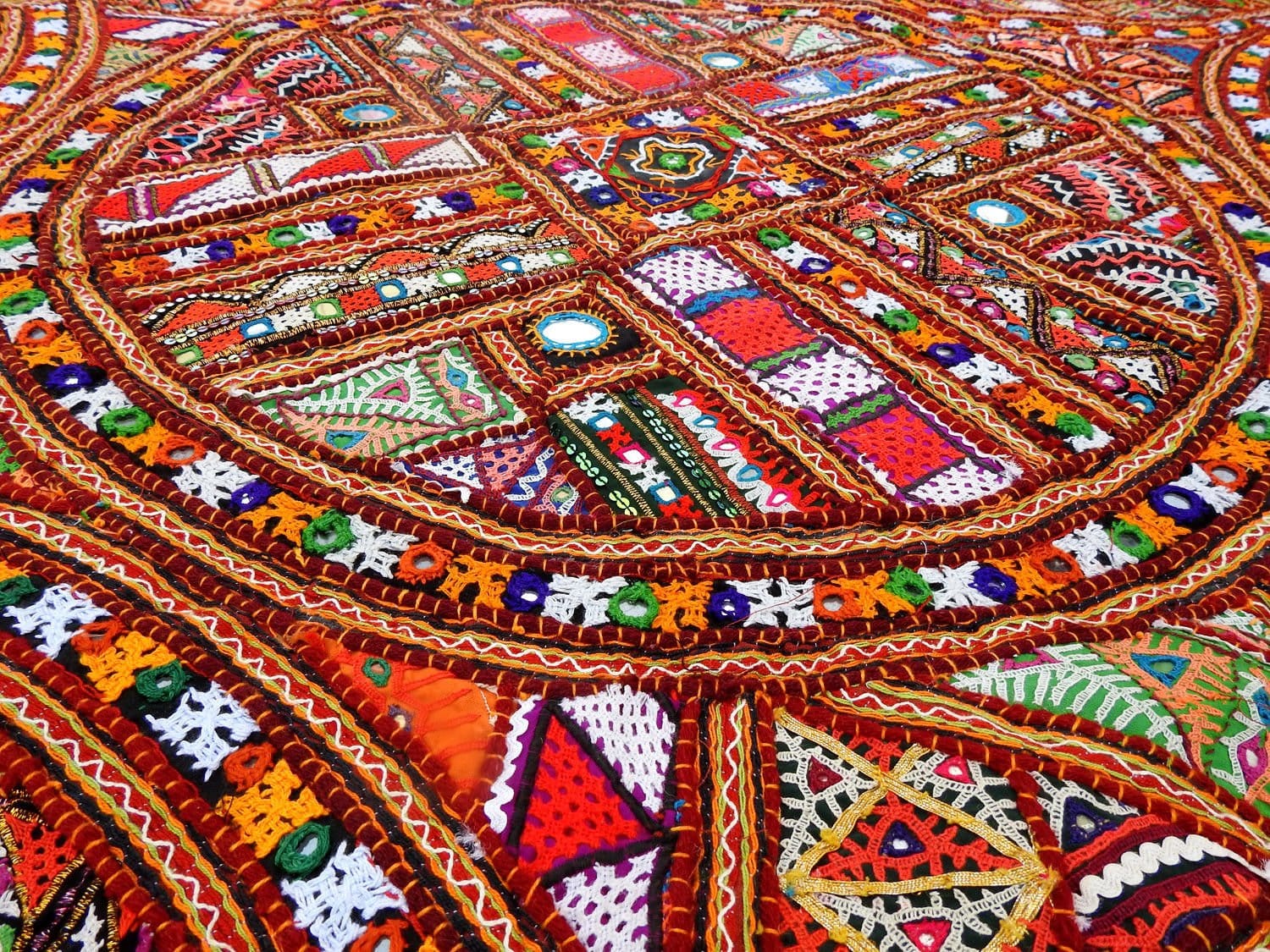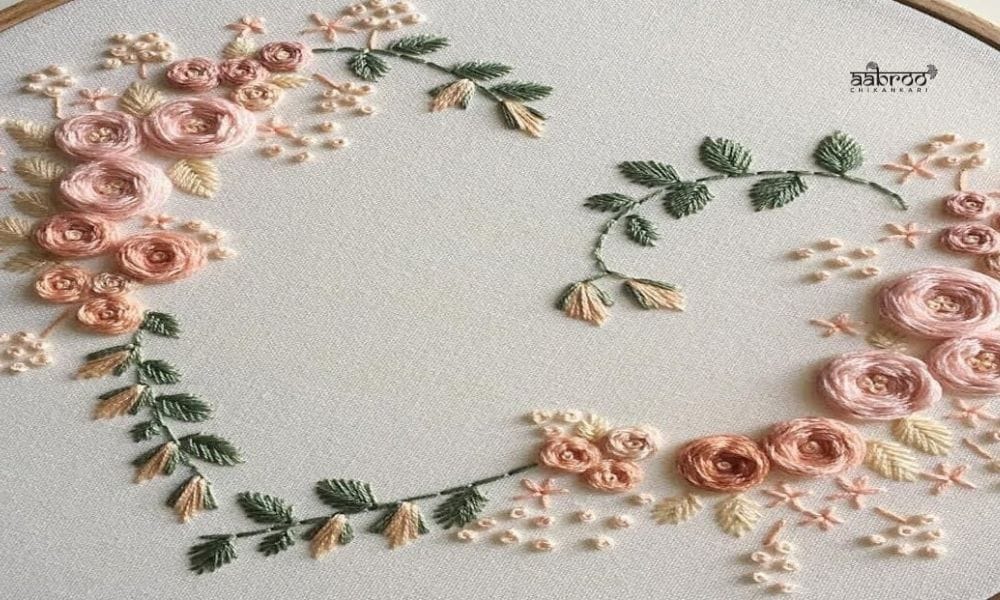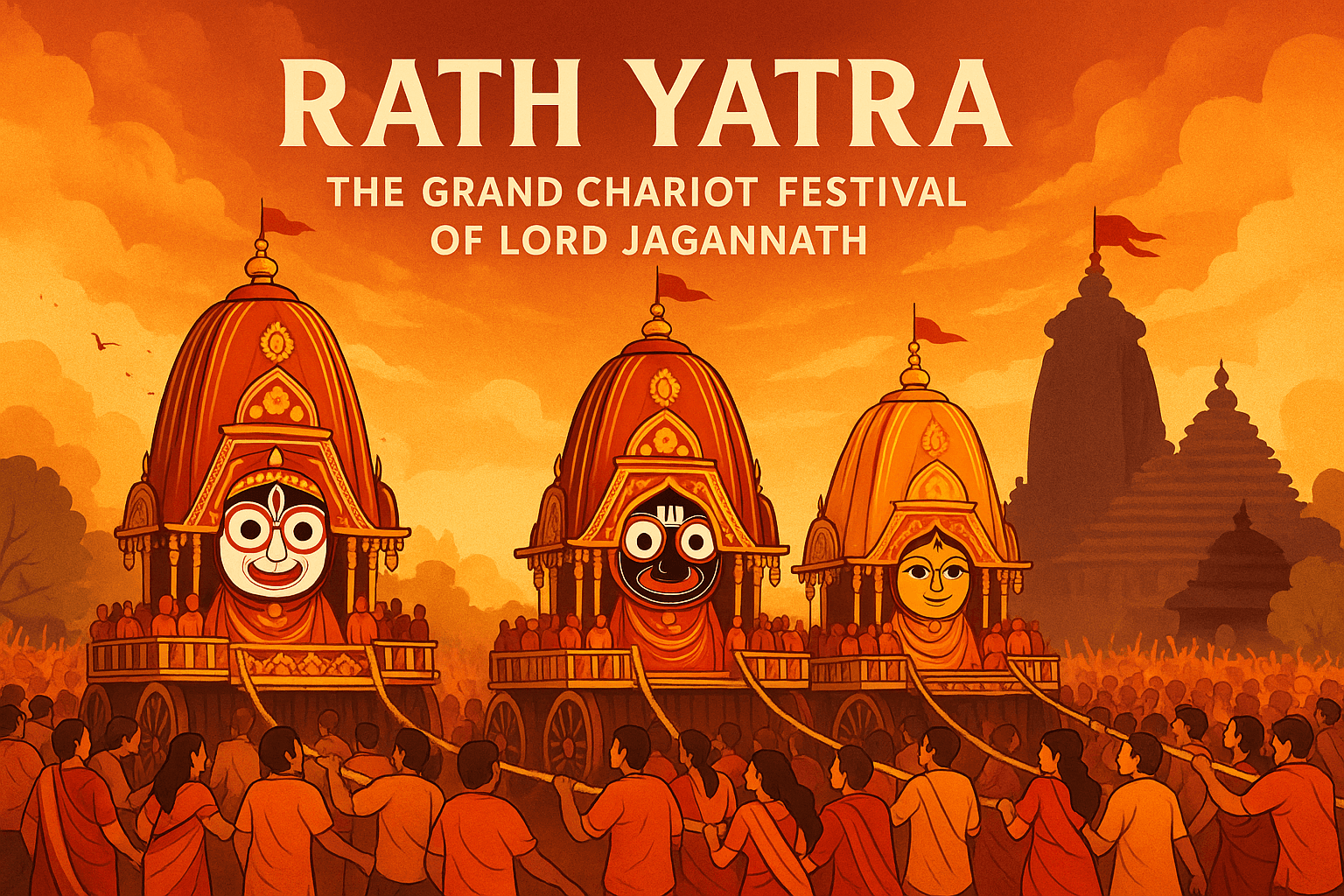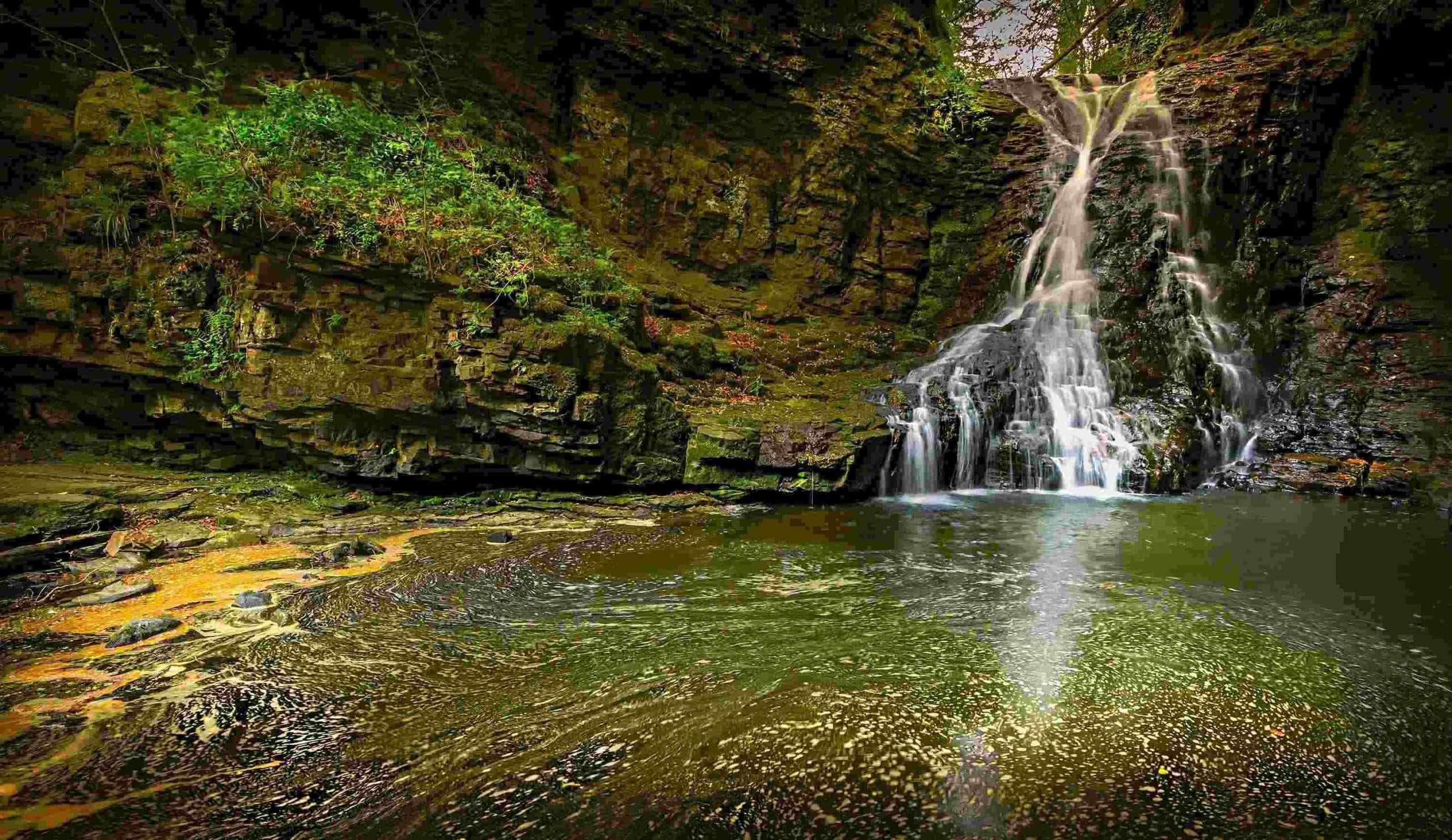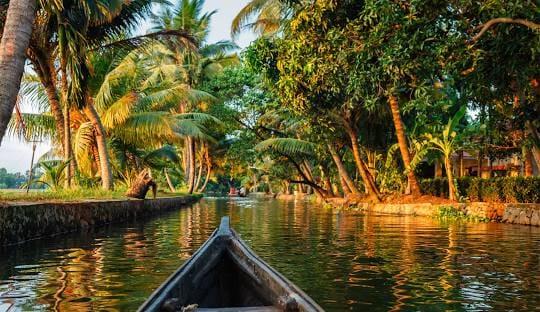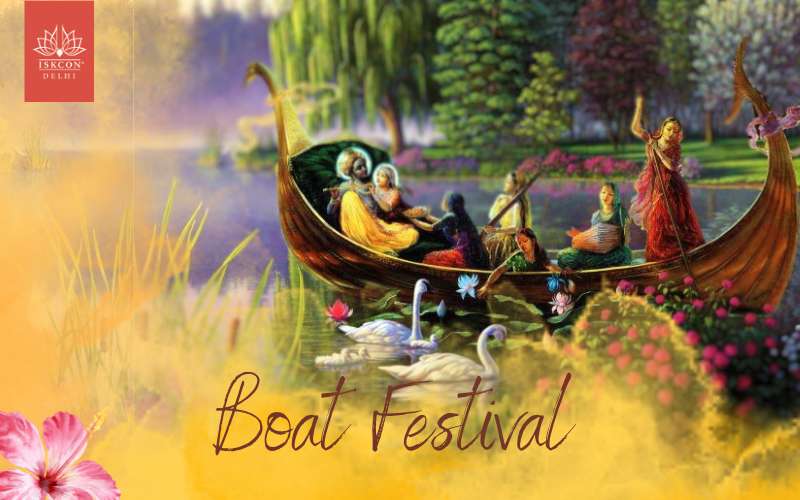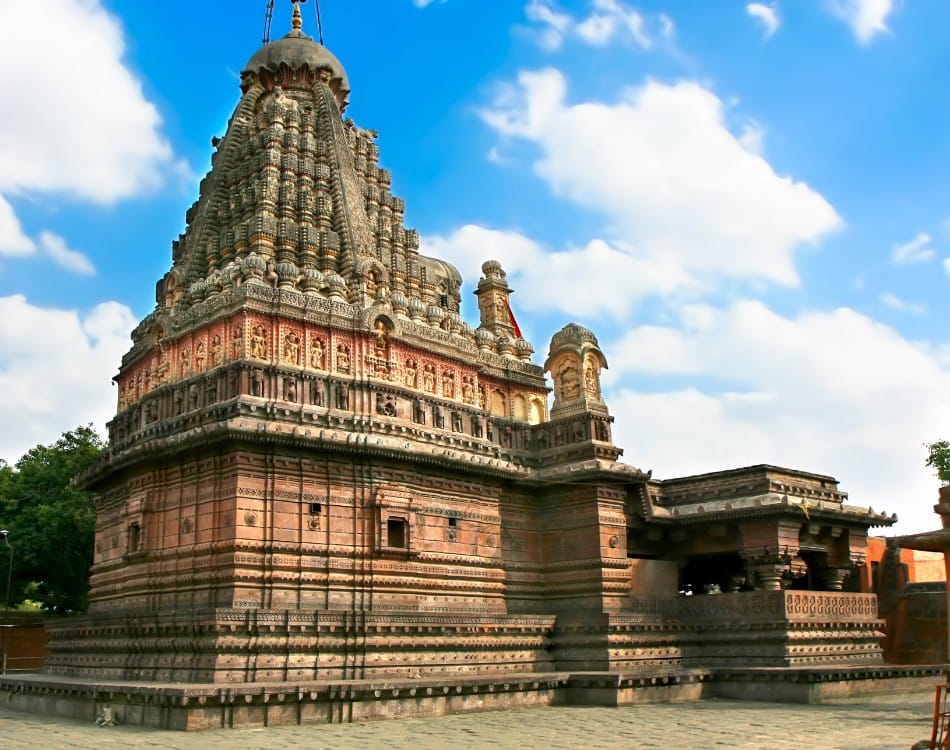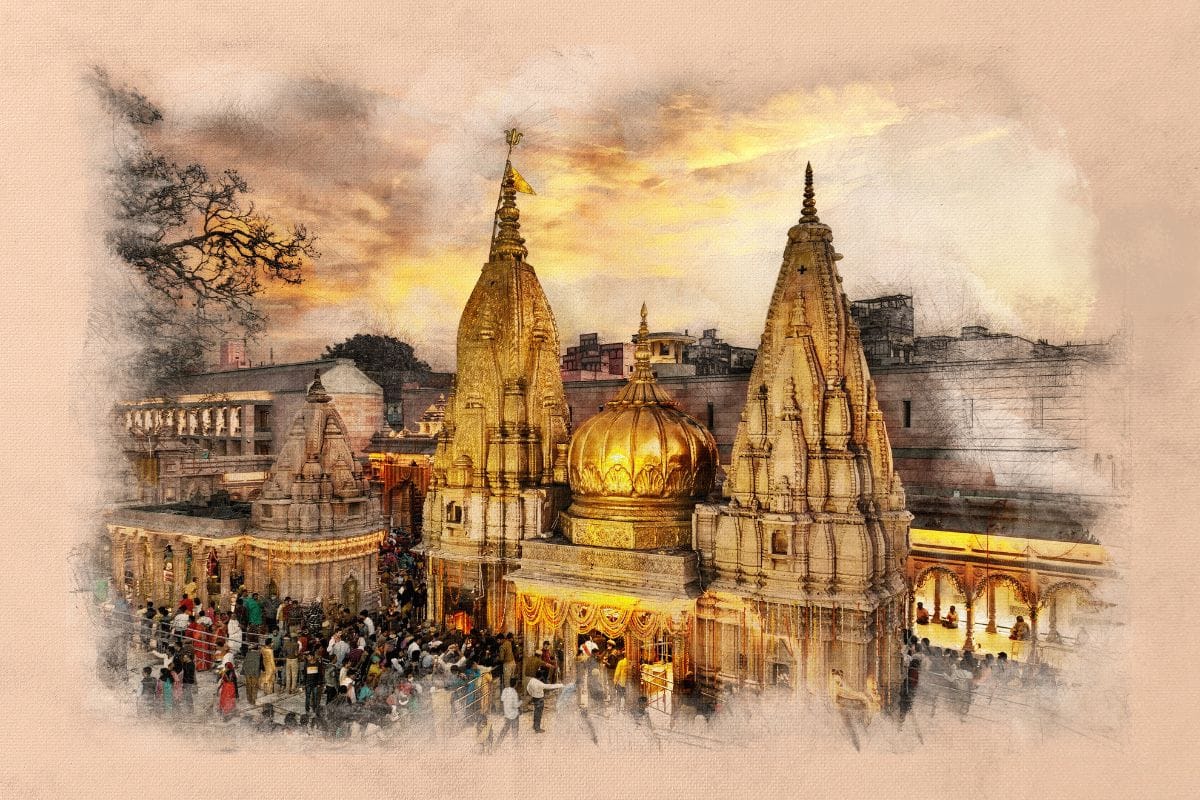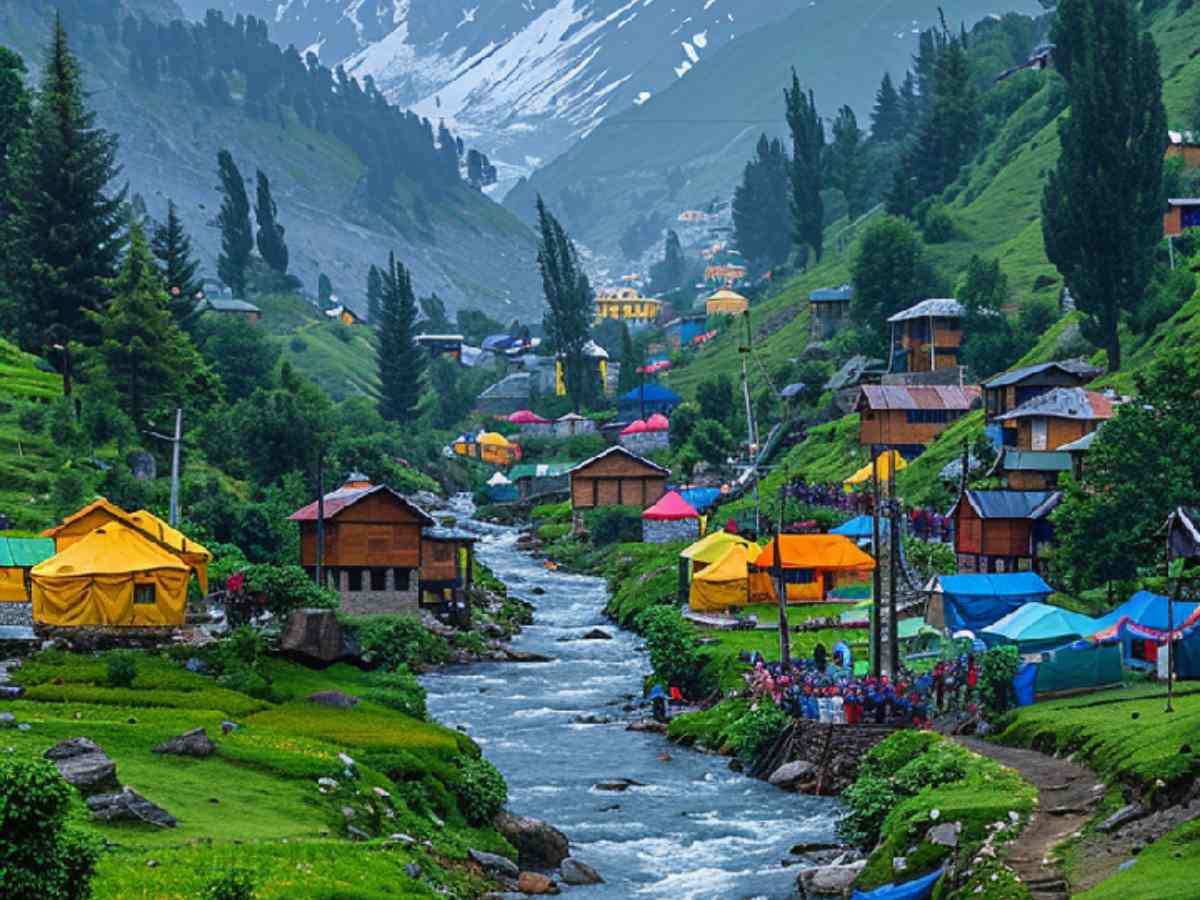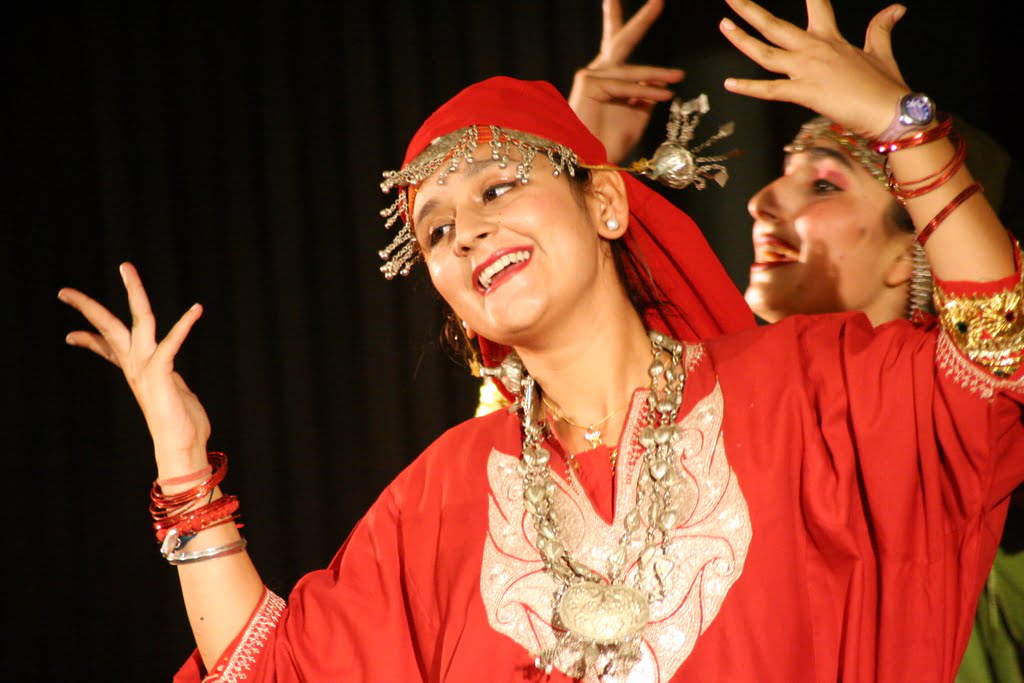
The Rauf Dance is a significant part of Kashmir’s cultural heritage, showcasing the beauty of its traditional attire, music, and the deep connection of the people to their roots. This dance, which is performed in unison by women, highlights graceful movements that are deeply synced with Kashmiri folk songs. Rauf is particularly famous during Eid celebrations, weddings, and the onset of the spring season.
Key Features of Rauf Dance
- Group Performance: Rauf is a group dance where women stand in two rows, facing each other. The movements involve synchronized footwork and rhythmic swaying, which perfectly match the beat of the accompanying folk music.
- Traditional Music: The music that accompanies the Rauf dance is typically folk songs, sung in Kashmiri dialect, celebrating themes of love, nature, and festivity. These songs are rich in cultural metaphors, often sung in a call-and-response style.
- Elegant Movements: The dance focuses on elegant footwork and slow, rhythmic motions. The dancers move gracefully while holding hands or forming semi-circles, creating a mesmerizing visual harmony. The slow, graceful movements are said to symbolize femininity and beauty.
- Cultural Significance: Rauf dance is deeply rooted in the traditions of Kashmir. It is performed during Eid-ul-Fitr and Eid-ul-Adha, marking the end of fasting and celebrating community spirit. Rauf is a key feature in Kashmiri weddings, where it symbolizes joy and the union of families.
- Traditional Attire: Dancers wear traditional Kashmiri attire, including pherans (long, flowing gowns) and ornate jewelry such as earrings, necklaces, and headgear, which add to the visual appeal of the performance.
Themes and Symbolism
Love and Nature: Many Rauf performances revolve around themes of love and the beauty of nature, reflecting the poetic and lyrical traditions of Kashmiri culture.
Social Messages: Some dances may incorporate social and moral messages, subtly addressing issues within the community.
Regional Variations
- Local Styles: Different regions within Jammu and Kashmir may have variations in the style and execution of Rauf. These differences can be in the music, costumes, and specific steps.
- Influences: Over time, the dance has absorbed influences from various other cultural practices within the region, making each performance unique to its locale.
Significance of Rauf Dance in Kashmiri Culture
The Rauf dance is more than just a folk tradition; it represents Kashmiri unity and the importance of women in cultural expression. It serves as a medium to preserve the ancient folklore of the region and promotes the cultural identity of Kashmir. The dance reflects the simplicity and charm of Kashmiri village life, with its themes often revolving around love, nature, and celebration of the changing seasons.
Best Occasions to Witness Rauf Dance
- Eid Celebrations: During Eid, you can witness the vibrant performances of Rauf in various parts of Kashmir, where communities come together to celebrate the end of the holy month of Ramadan.
- Spring Festivals: The dance is also performed during spring festivals, particularly during the onset of the Tulip Festival and other regional events celebrating the arrival of warmer months in Kashmir.
- Weddings and Social Gatherings: Kashmiri weddings are another occasion where the Rauf dance is performed, adding to the cultural and festive atmosphere.
How to Experience Rauf Dance
To experience the Rauf dance, visitors can plan their trip around key Kashmiri festivals or cultural events. During Eid and spring festivals, several community performances take place across villages and towns in Kashmir. Srinagar and other major cities in the region often host folk festivals where traditional performances like Rauf are showcased for tourists.
Role in Modern Society
- Cultural Preservation: Efforts by cultural organizations and the government aim to preserve Rauf as part of Kashmir’s intangible cultural heritage. It is performed at cultural festivals, tourism events, and sometimes in educational settings.
Challenges and Revival
- Modern Challenges: The advent of modern entertainment and the ongoing conflict in the region have posed challenges to the survival of traditional dances like Rauf.
- Revival Efforts: Cultural enthusiasts and local artists are working towards the revival and promotion of Rauf through workshops, cultural festivals, and social media. These efforts aim to engage the younger generation and ensure the dance’s continuity.
Conclusion
The Rauf Dance stands as a vital part of Kashmir’s cultural legacy, offering a glimpse into the region’s rich traditions. Its graceful movements, traditional songs, and festive spirit make it a truly mesmerizing experience for anyone looking to dive deep into Kashmiri culture.


